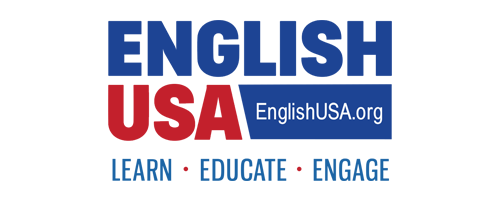Costs of Studying in the U.S.
Living Costs
The cost of living in different regions and cities in the U.S. varies greatly AND the costs vary depending on the spending capacity or habits:
- Type of accommodation
- Meal plans (on campus, personal preparation, eating out)
- Travel (public transportation or personal vehicle)
- Health insurance
- Utilities (e.g. cell phone)
- Entertainment & personal spending habits
When budgeting, depending on where your student is living, they may need to budget for utilities (electricity, heating, internet, cell phone, water, sewer, trash). Some housing includes this in the rent but not all do. The student’s lease will detail which utilities (if any) they will be responsible for. Some general information. Check out the external resources below as well.
Tuition And Program Fees
- Some programs only advertise tuition prices, while additional items like books, student activities, and health insurance require separate payments.
- Other programs include these items in a program fee. Contact the program representative to clarify what is covered in the advertised price.
- If only tuition is included, obtain a detailed list of estimated costs for additional program-related items to help with budgeting.
- Changing course enrollment will also affect tuition costs.
Health Insurance
- J1 visa holders and their dependents are required to have health insurance by the U.S. government.
- F1 visa holders are not mandated to have health insurance, but many programs recommend it due to the high cost of medical care in the United States.
- It is advisable for all students to purchase health insurance as medical care is not free in the U.S.
- Discuss health insurance options with the program contact.
- Some programs automatically enroll students in a group health insurance plan, included in the program fee. Other programs may offer health insurance as an add-on option for an extra fee or require students to arrange insurance themselves.
Books and Supplies
- Each semester/session, students may need to buy new textbooks and course materials, which can be a significant expense depending on the number of courses and required books.
- This category also includes additional materials like lab supplies, computers, and software.
Personal Expenses
- This category covers personal expenses such as cell phone bills, laundry, groceries, eating out, credit card payments, and miscellaneous expenses.
- Students should budget for these expenses in advance to estimate their average cost.
Room and Board
- Room and board (food) are major contributors to the overall cost of studying in the U.S.
- Some colleges require students to live on campus for at least 1 year.
- This category includes housing and meal plan costs. Meal plans can be quite expensive and are very convenient.
Transportation
- This category includes the cost of parking on-site for students who drive their own cars and the expense of gas for commuters.
- If students use public transportation, they need to consider these costs in their monthly budget.
Useful Resources on Costs of Living & Studying in the U.S.
- Study Portals: Student Living Costs in the USA and Budgeting for an International Degree in 2023
- Edvoy: How much does it cost to study in the USA?
- IDP: How much does it cost to study and live in the the USA for international students?
- Department of Education: College Affordability and Transparency Center
- Times Higher Education: The Cost of Studying at a University in the U.S.
